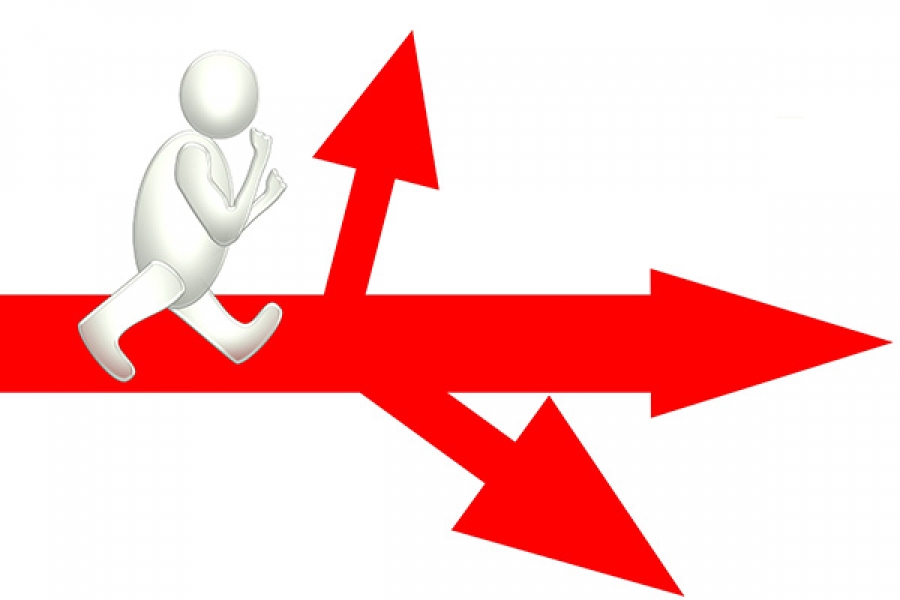Tuesday, 07 November 2006 22:25
Creating Values Through Aftersales Services
Even if profit on sales is falling down day by day due to the rising inner competition (the models of same brand) and external competition (among different brands), revenue level of aftersales services are still highly attractive within automotive industry. The results of “Satisfaction and Profitability of Authorized Dealers” research, which was implemented among authorized dealers and expressed by Chairman of Authorized Automotive Dealers Assocation (OYDER), Tarık Taşar, shows that net average profit on aftersales services is 10 times more than profit on vehicle sales within the industry. However, most of the companies within the industry are not able to benefit this source of income in spite of attractive figures.
The companies, which aims to increase their profit, start to focus their business on servicing services due to the firmer competition within the industry. Nevertheless, many top executives within the industry do not have sufficent level of market and practice knowledge concerning aftersales services. Moreover, considering its characteristics and structure, aftersales service field is perceived as a difficult field to manage.
But, the sector is tranforming globally. In early 1990s, North American, European and Japanese automotive companies have stopped to penetrate their products into the market and , instead, tended to increase the value for their customer using their products in order to maintain their reduced profit levels as a result of decreasing demand level, firmer and higher competition. Since those companies have started to offer solutions instead of products, more profitable services such as spare parts and service, wider range of accessories and higher performance, repairment and renewal of parts and components, technical support solutions and offers, organization and supply of necessary trainings, convenient financial facilities were applied.
Since they have sold many vehicles in the past, aftersales services revenue becomes higher than new vehicles sales revenues for automotive manufacturers. For instance, GM, with its 9 billions USD turnover in 2001, has reached a higher revenue then its sales turnover of 150 billions.
On the other hand, a recent study shows that share price of the companies, which are successful within aftersales services, is higher than the companies which are less successful within aftersales services.
In spite of charm and attraction of aftersales, many companies are not able to use their potential sufficiently. Most of the executives are afraid of aftersales field and defines their systems as management of wide B2B (from company to company) service contracts, small B2C (from company to end-user) warranty applications and other unnecessary expenditure. Since problems and requirements occur in unpredicted and pre-determined time in aftersales services in relation to defects of the vehicles, the workflow can not be planned and organized like in manufacture process. Due to uncertainity nature of the work, aftersales services are usually mentioned by its difficulties by executives although it is also known highly profitable.
Nevertheless, companies which are able to manage aftersales operations and supply their services in efficient manner to their customers shall be successful and increase their values.
Customers, often, show normal reactions against product defects. However, they are used to expressing their dissatisfaction about the product and service unless a permanent solution is provided in short time.
For this reason, aftersales services is an instrument which can make difference for the companies having many competitors. On the other hand, companies, which suppy successful and efficient aftersales services, shall understand the expectations and requirements of the customers clearly and get a crucial advantage on their competitors.
In order to create value and get a competitive advantage on competitors by means of aftersales services, the companies should
1.) determine aftersales business models,
2.) observe and analyse the companies within their eco-systems,
3.) determine appropriate and sufficient strategy,
4.) determine their limits and restrictions,
5.) establish their organizations,
6.) make human resources planning.
References:
o Morris. A Cohen,Narenda Agrawal,Vipul Agrawal.Winning in the Aftermarket. Harward Business Review.
o Hüseyin Leblebici. Management,Business Models and Value Creation.
















